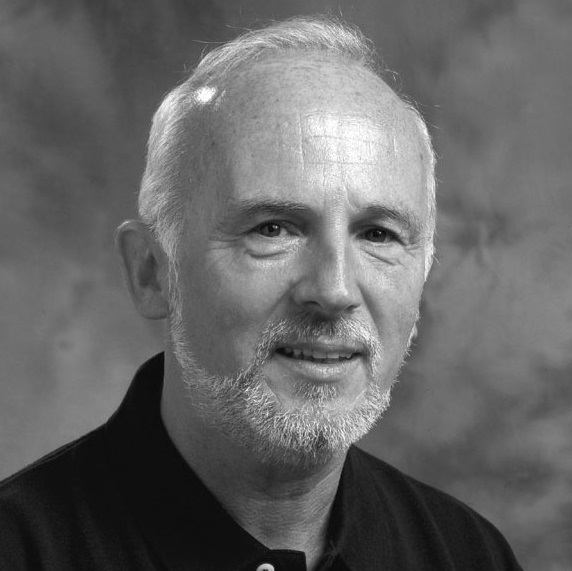
‘Unfortunately, most parents cannot help their children recognise or honour their deeper potentials. They see children through a glass darkly because that is how they see themselves. Even loving parents often provide distorted mirroring, especially if they idealise or indulge their child. No matter how much our parents love us, they generally see their version of who we are, as reflected in the dark glass of their hopes, fears, expectations, and unmet needs.
This is not something to blame them for; they simply could not give their children a kind of recognition they never got or gave themselves. Nor could they allow their children to have feelings, needs or sensitivities they were never allowed to have themselves unless they become conscious. The child is like an open hand that gradually starts to contract and close’.
There is an irony in the fact that infants are born with an innate psychological safety, a fearlessness that allow them to give expression to all the following qualities of their true nature:
|
|
Of course, adults themselves started out with psychological safety and possession of all the foregoing qualities. What interrupted this fearlessness was the repression of psychological safety in the fact of threats to their wellbeing when they were children. The most common threats to children’s wellbeing are:
|
|
In the face of the above relationship experiences, children wisely and ingeniously suspend their fearlessness and create a fearfulness and watchfulness around all the possible threats to their wellbeing. Examples of the protective strategies infants and children create are:
|
|
Unless children encounter the psychological safety holding from parents and from teachers, like their parents and other adults have done, they will maintain the above listed protective strategies right into adulthood. It may be a revelation for the reader of this article to check which of the above protective strategies do they still currently employ. It would be important that the reader appreciate the creativity and ingenuity of these protectors and to realise that until they encounter psychological safety holding with another, they will wisely maintain their protective strategies.
What each child needs from adults to retain innate psychological safety are the following:
|
|
In viewing the above list, how many of the above indices of psychological safety can you say you experienced as a child and, currently, offer not only to children but, also, to significant adults where you live, work, learn, play, heal and pray?
The reality is that fearfulness governs so much of our lives and, as seen, leads to us unconsciously creating all kinds of protective strategies to eliminate or at least reduce the physical, emotional, social, intellectual and behavioural threats we encounter. Finding a person who has retained innate psychological safety or who has recovered it can be like trying to find a needle in a haystack.
Nevertheless, it is a search we all need to engage in. There is no doubt that when we no longer secretly try to win recognition through what we do, what we achieve, how we look and what status we have, we become more affective and effective professional wellbeing carers, business people, politicians, parents, teachers, leaders and managers. We now have the psychological safety – the fearlessness – to do what we do as a form of creative play rather than as a form of self-validation.
 About the author:
About the author:


Join the Academy and learn from some of the best spiritual
and wellbeing teachers in the world
Join the Academy and learn from some of the best spiritual
and wellbeing teachers in the world
Join the Academy and learn from some of the best spiritual
and wellbeing teachers in the world
